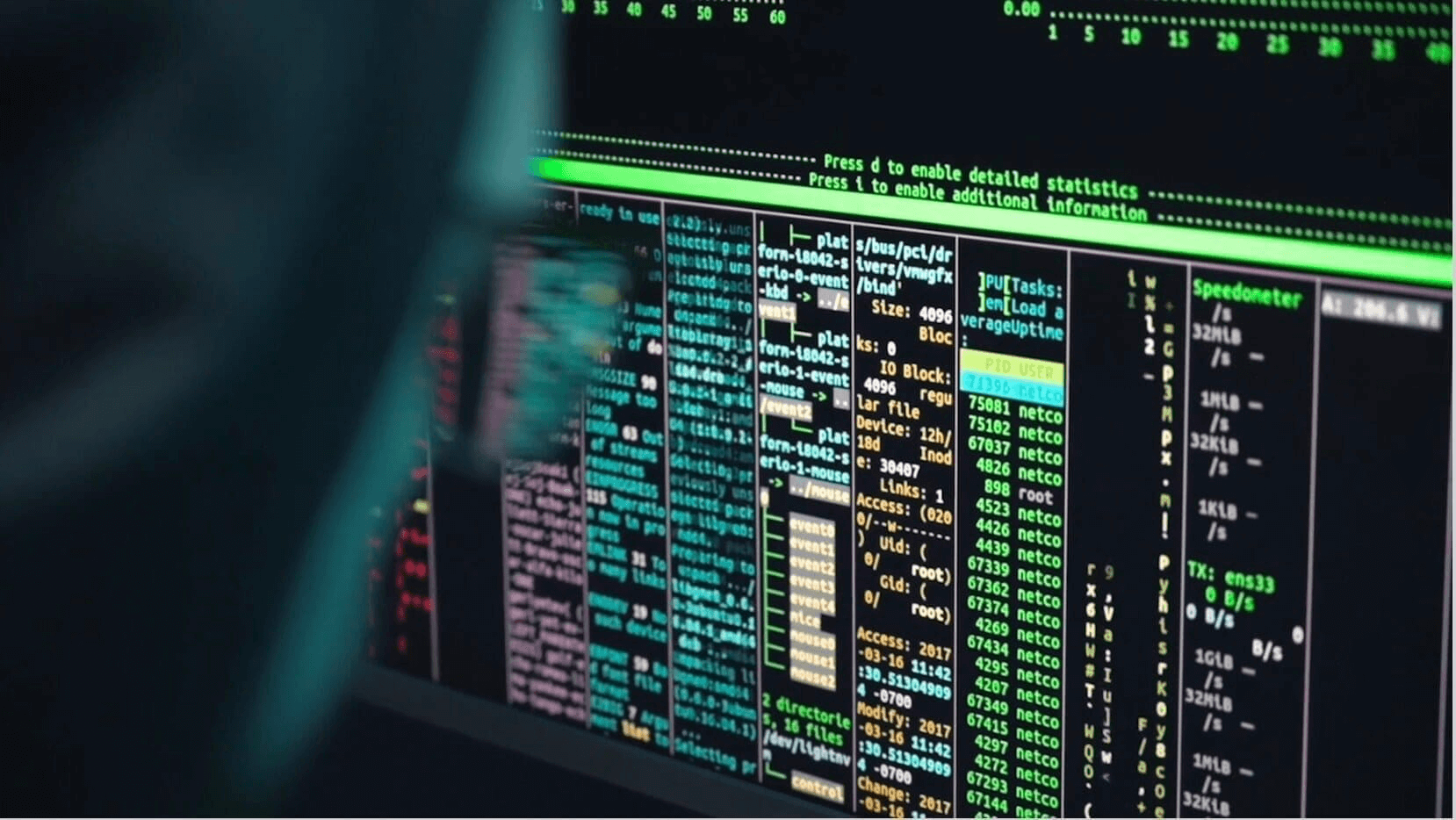Emergent Behavior in Swarm Intelligence

In today’s rapidly evolving technological landscape, understanding emergent behavior in swarm intelligence is not just beneficial—it’s essential for innovation and competitive advantage. Imagine complex systems where simple agents interact harmoniously without centralized control, akin to birds flocking or fish schooling—a phenomenon that can revolutionize industries from logistics to robotics.
This step-by-step guide delves into the principles of swarm intelligence, offering actionable insights for business professionals and decision-makers eager to integrate these powerful algorithms into their operations. From optimizing logistics with Particle Swarm Optimization (PSO) to deploying sophisticated robotic networks inspired by NASA’s Jet Propulsion Laboratory (JPL), we’ll uncover strategies that can transform your organization’s approach to AI.
Understanding Emergent Behavior
What is Emergent Behavior?
Emergent behavior refers to complex patterns and functionalities arising from the interactions of simpler entities within a system. In swarm intelligence, numerous simple agents—such as robots or computer algorithms—work collaboratively without centralized oversight to achieve tasks that would be daunting for individual units.
Real-World Examples:
Ant Colonies: Ants leverage pheromone trails for decentralized problem-solving when locating food sources. This self-organizing behavior enables the colony to efficiently navigate and adapt to environmental changes, demonstrating the power of collective intelligence.
Bird Flocking: Craig Reynolds’ boids simulation exemplifies how straightforward rules can result in realistic flocking behavior, applicable to birds or simulated agents. By following simple local rules—alignment, cohesion, and separation—agents produce complex global patterns.
The Science Behind Swarm Intelligence
Swarm intelligence draws inspiration from natural systems where collective behaviors naturally emerge. Key principles include:
Decentralization: Each agent acts independently using only local information. This reduces dependency on a central controller and enhances system resilience.
Self-Organization: Agents dynamically adapt to achieve a shared goal without explicit control. This principle allows for adaptive responses to environmental changes or task demands, fostering innovation within the system.
Redundancy and Robustness: Systems are resilient due to overlapping functionalities among agents. If one agent fails, others can compensate, ensuring continuity of operations.
Understanding these core principles is vital for businesses seeking to implement swarm-based solutions in areas like supply chain management, autonomous vehicles, or smart grid technologies.
Implementing Swarm Intelligence Algorithms
Step 1: Identifying the Right Algorithm
Select an appropriate algorithm tailored to your specific needs. The Particle Swarm Optimization (PSO) algorithm, designed for optimization challenges, is perfect for industries needing efficient resource allocation or scheduling.
Example Application:
- Logistics Companies: Use PSO to determine optimal routing paths that reduce delivery times and fuel consumption by simulating numerous potential routes and selecting the most efficient one based on predefined criteria such as distance, time, or cost.
Step 2: Setting Up the Environment
After choosing an algorithm, create a simulated environment where agents can interact. This involves:
Defining Agent Behavior Rules: Establish clear rules for agent interactions, ensuring they align with desired outcomes and system constraints.
Establishing a Virtual Space for Interaction: Design a virtual landscape that mimics real-world conditions or challenges, allowing agents to test strategies in a controlled setting.
Developing Performance Metrics to Evaluate Outcomes: Identify key performance indicators (KPIs) to assess the effectiveness of the swarm behavior and make data-driven improvements.
Tools & Platforms:
- Utilize simulation software like MATLAB or Python libraries (e.g., PySwarm) to develop and test these environments effectively. These tools offer robust frameworks for modeling complex interactions and analyzing results.
Step 3: Calibration and Testing
Calibrate the algorithm by tweaking parameters such as agent numbers, interaction radius, or speed. Conduct tests to ensure emergent behaviors align with desired outcomes. Iterative testing refines processes, enhancing system efficiency.
Best Practices:
- Begin with small-scale simulations to understand basic interactions and potential issues.
- Gradually increase scale while monitoring performance metrics to identify bottlenecks or inefficiencies.
- Use adaptive learning techniques to allow the system to evolve and optimize autonomously over time.
Step 4: Deployment
Deploy the algorithm in a real-world setting, ensuring seamless integration with existing systems. Continuous monitoring is crucial to adapt to unforeseen challenges or changes in operational dynamics.
Key Considerations:
- Maintain data security and privacy compliance, especially when dealing with sensitive information.
- Train staff for effective oversight and troubleshooting, empowering them to handle disruptions efficiently.
- Establish feedback loops to continuously gather insights from deployed systems and refine algorithms accordingly.
Case Studies of Swarm Intelligence Applications
NASA’s Jet Propulsion Laboratory (JPL)
JPL has successfully applied swarm intelligence concepts in robotic exploration missions, such as Mars rovers. Decentralized decision-making allows these robots to navigate challenging terrains collaboratively, ensuring mission success even when individual units face obstacles.
Key Takeaways:
Enhanced Autonomy and Resilience: By leveraging decentralized control, JPL’s systems can adapt in real-time to environmental challenges without direct human intervention.
Improved Mission Efficiency through Collective Problem-Solving: Swarm intelligence enables robots to share information and resources, optimizing task allocation and resource usage across the mission.
Industry 4.0 Manufacturing
Swarm intelligence has also revolutionized manufacturing processes by optimizing production lines and supply chains. Companies using PSO algorithms can dynamically adjust to demand fluctuations, reduce downtime, and enhance overall productivity.
Example:
- Automotive Industry: Streamlining assembly line operations minimizes bottlenecks and improves throughput. By simulating various configurations and operational strategies, manufacturers identify the most efficient setups for different production scenarios.
Healthcare Sector
Swarm intelligence is increasingly being explored in healthcare to optimize patient care delivery and resource allocation. For example:
Hospital Workflow Optimization: Algorithms can manage staffing levels, patient flow, and equipment usage dynamically, ensuring optimal resource utilization and reducing wait times.
Disease Spread Modeling: By simulating how diseases spread within a population, health authorities can devise effective containment strategies, allocate medical resources efficiently, and predict outbreak patterns.
Industry Trends and Future Predictions
The application of swarm intelligence is expanding across numerous sectors as businesses recognize its potential to solve complex problems with simple solutions. Current trends include:
Smart Cities: Integrating IoT devices powered by swarm algorithms to optimize traffic management, energy distribution, and waste management.
Autonomous Vehicles: Enhancing communication between vehicles to improve safety and efficiency on the roads.
Financial Services: Using swarm-based trading algorithms to analyze market conditions in real-time and make quick investment decisions.
Looking ahead, we anticipate further advancements in AI and machine learning will amplify the capabilities of swarm intelligence. These innovations could lead to breakthroughs in fields such as:
Environmental Monitoring: Deploying swarms of drones or robots for large-scale environmental data collection and disaster response.
Supply Chain Resilience: Creating highly adaptive supply networks that can swiftly respond to global disruptions, ensuring continuity and reliability.
Conclusion
The transformative potential of emergent behavior in swarm intelligence is vast, offering businesses across various industries the opportunity to achieve greater efficiency, adaptability, and resilience. By understanding and implementing swarm-based strategies, organizations can optimize logistics with PSO algorithms or deploy decentralized robotic systems inspired by JPL’s innovations—unlocking a new realm of possibilities.
Frequently Asked Questions
What is the difference between centralized and decentralized systems?
Centralized systems rely on a single point of control for decision-making. In contrast, decentralized systems distribute control across multiple agents, allowing for more flexible and robust solutions that can adapt to changing conditions without requiring central oversight.
How does emergent behavior benefit AI-driven projects?
Emergent behavior enables complex problem-solving through simple interactions among agents, leading to scalable, adaptive systems that can self-organize in response to changing environments or demands. This allows businesses to innovate continuously without the need for extensive reprogramming or manual intervention.
Can swarm intelligence be applied to any industry?
Yes, swarm intelligence is versatile and applicable across various sectors, including logistics, manufacturing, healthcare, and more. Each industry can tailor swarm-based algorithms to address its unique challenges, leveraging the principles of decentralization, self-organization, and robustness for specific applications.
What are some challenges of implementing swarm intelligence?
Challenges include ensuring reliable agent communication, calibrating system parameters for optimal performance, and maintaining security in decentralized networks. Additionally, there may be initial resistance to adopting non-traditional approaches, requiring education and proof-of-concept demonstrations to gain buy-in from stakeholders.
How can businesses start integrating swarm intelligence into their operations?
Begin by identifying specific optimization needs or challenges. Explore suitable algorithms like PSO, set up simulated environments, conduct iterative testing, and gradually integrate solutions into real-world systems with proper monitoring and adjustments. Engage experts in AI and machine learning to facilitate the transition and maximize benefits.
Ready to Transform Your Business with AI?
We understand the transformative power of emergent behavior in swarm intelligence and are here to guide your organization through this innovative journey. With expertise in AI Agentic software development and AI Cloud Agents services, we’ve empowered numerous companies across industries to implement cutting-edge solutions tailored to their unique needs.
If you’re looking to enhance efficiency, adaptability, or resilience within your operations using swarm-based algorithms, reach out for a consultation. Our team is more than happy to field any questions and assist in seamlessly integrating these concepts into your business model. Connect with us through our contact form on this page—your next step towards unlocking the full potential of AI-driven solutions awaits.

